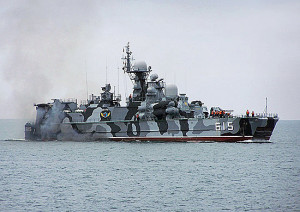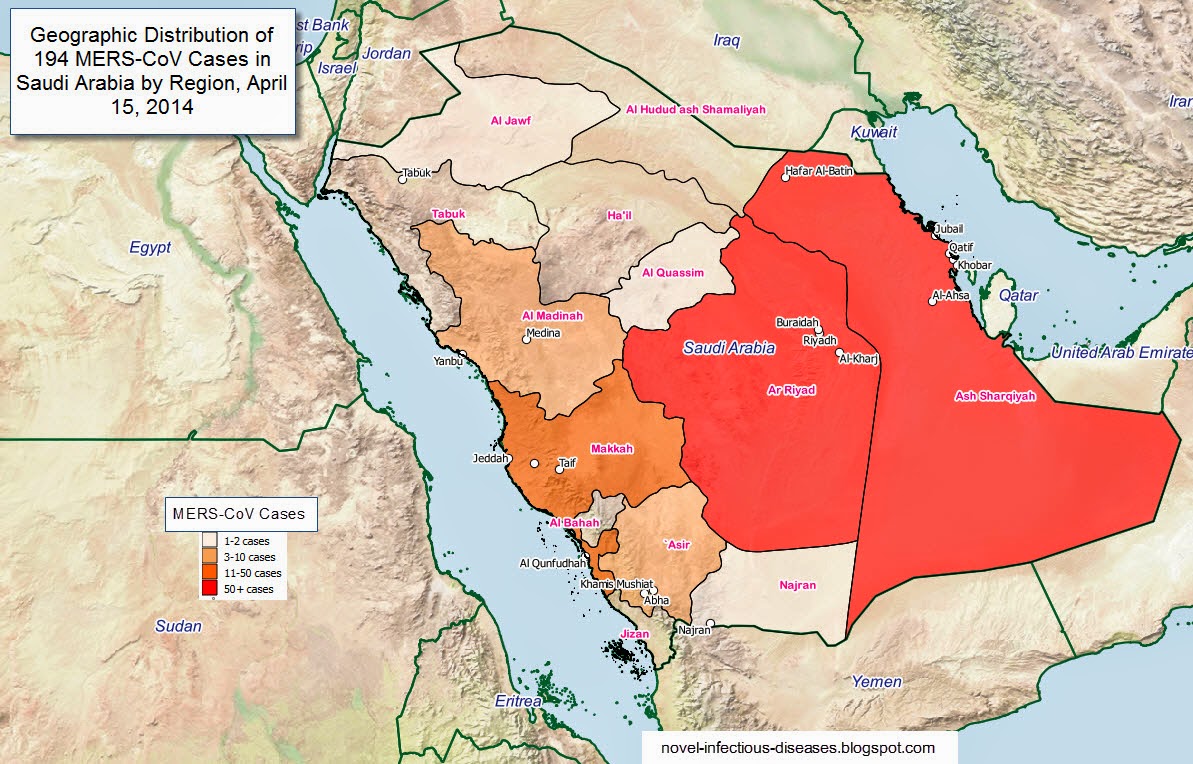While observers have noted that Russia’s annexation of the Crimean Peninsula has implications for the geopolitics of the Black Sea, there has actually been very little change in the balance of power.

Russia’s appropriation of Crimea gave Russia full sovereign control over the entire peninsula, the home of Russia’s Black Sea Fleet. The annexation has saved the Russian state large sums of money that would otherwise have been spent to build a new naval base at Novorossiysk to replace Sevastopol in the Crimea. At the same time, the annexation essentially killed off the Ukrainian Navy, making it little more than a coast guard. While these developments are noteworthy, the removal of the Ukrainian Navy does little to alter the naval balance. Ukraine’s Navy has long been a decrepit force that has seen little to no modernization for its rusting Soviet fleet. As such, the addition of aging and obsolescent Ukrainian vessels to the Russian Navy has had a negligible impact on Russian Naval capabilities beyond reinforcing what has been true for centuries – that Russia (including Russia in Soviet garb) dominates the Black Sea.
Russia has controlled the Black Sea ever since it took the Crimean Peninsula from the Ottomans in 1783 and built up what was then the Black Sea Squadron. By so doing, Russia turned what was then considered a ‘Turkish moat’ into a Russian pond. From 1783 to 1918, with the exception of a short interregnum following the Treaty of Paris that concluded the Crimean War, the Imperial Russian Navy’s forces in the Black Sea were the dominant force. The Ottoman Navy was too weak to seriously challenge the Russian Navy at sea and Constantinople would not allow foreign warships to pass through the fortified Dardanelles and the Bosporus straits without its permission. It took near-Ottoman collapse in the Crimean War and Anglo-French intervention for non-Black Sea forces (France and Great Britain) to enter the Black Sea and destroy the Russian forces. In reality, the Russian Black Sea Squadron was not destroyed by any hostile naval action. Instead, the Russians deliberately scuttled their ships to block the entrance to the port of Sevastopol during the siege of the city.
The Crimean War only temporarily ended Russian naval dominance of the Black Sea. By 1890, Russia was once again the principal naval power, a position it kept until 1917-18 when the ravages of the revolutions, WWI, and the civil war effectively ended Russian naval supremacy in the Black Sea. During the 1920s and 1930s, the Soviet Union resurrected the Black Sea Fleet and Moscow was again the dominant naval power in the Black Sea, a position it maintained until the early 1990s when a lack of funds, not wartime attrition, ushered in the decline of the Black Sea Fleet. Most of the ships of the fleet rusted away at port, a process that allowed a relative change in the balance of naval power in favour of the only country with a navy remotely capable of facing off against the Russians, Turkey.

Russia’s naval forces are currently in the midst of a medium-long term naval modernization (note: not a naval buildup) that seeks to make up for a decade and a half of utter neglect that left most of the ships at dock, non-operational and rusting away. The decline of the Russian Navy following the collapse of the Soviet Union affected all commands of the Russian Navy. The Black Sea Fleet’s institutional ranking and its relatively small size, however, meant that it bore perhaps the greatest relative decline when compared to other former Soviet fleets, a reality made worse given the Black Sea Fleet partition between Russia and Ukraine. Lacking ballistic missile submarines and locked in by the Straits, the Black Sea Fleet was ignored, and what little funding was available in the 1990s went to the Russian Pacific and Northern Fleets.
The Black Sea Fleet, not factoring in the new obsolete additions from Ukraine’s annexed navy, is currently home to five large surface combatants, four of which are rapidly approaching the end of their service lives; a single Kilo-class diesel-electric submarine; five corvettes; and a handful of landing ships, mine warfare vessels, and missile boats. It should be noted, however, that the fleet includes marines, land-based strike aircraft, and land-based anti-ship missiles. Furthermore, the Russian Air Force can rapidly supplement the fleet’s combat power.
The Black Sea Fleet is being modernized through the construction of up to six new frigates, a number of new corvettes and missile boats, new landing ships and up to six submarines by 2020. Should the modernization proceed as planned, the Russian Black Sea Fleet will remain the dominant force in the Black Sea, only capable of being challenged by Turkey should Ankara decide to commit the vast majority of its navy against its nuclear-armed great power maritime neighbour – an unlikely proposition.
Observers pointing to the current (negligible) alteration in the Black Sea naval balance correctly point out that Turkey, a NATO member, is the only Black Sea power capable of dealing with Russia’s dominance in the Black Sea. Other littoral states (Bulgaria, Romania, Georgia, Ukraine) presently have small, antiquated navies that serve a constabulary and/or symbolic purpose. Turkey on the other hand, has a substantial navy, including many large surface vessels and submarines. While Turkey’s naval power is impressive on paper, geographical and political realities prevent its concentration along any one part of the country’s vast coastline. As a result, the bulk of Turkey’s fleet is kept between the Straits inside the Sea of Marmara, a position that enables them to ‘pivot’ toward either direction as required.
Due to maritime disputes in the eastern Mediterranean, the conflict in Syria, continuing Greece-Turkey tensions over the waters of the Aegean, and Turkish naval diplomacy off the Horn of Africa and elsewhere, the entire Turkish Navy is not available for a contingency in the Black Sea. But Turkey has inherited the Ottoman’s trump card vis-a-vis Russia: the ‘keys’ to the Dardanelles and the Bosporus. If Turkey seeks to block the passage of Russian vessels through the straits, it can do so if it is willing to risk a serious crisis, if not a war, with Russia. But the converse is also true: Russia cannot force the straits without risking a war with Turkey and, by association, NATO.
More than anything, the Black Sea naval balance is determined by international law. The 1936 Montreux Convention Regarding the Regime of the Straits gives Turkey control over the Bosporus and Dardanelles straits and regulates the transit of naval ships not belonging to coastal states. A product of the 1930s balance of power between Turkey and the Soviet Union, the Convention gave Turkey control over transit and allowed for the (re)militarization of the straits, but also ensured Soviet Naval dominance by restricting the passage of foreign warships.
The convention is still beneficial to Russia despite reservations about Turkish control. For example, the tonnage limits set in Article 14 of the Convention prohibit the transit of certain vessels, such as America’s titanic aircraft carriers – but not aircraft carriers per se. As a result, the United States cannot deploy a carrier strike group into the Black Sea, but can deploy individual warships. There is a restriction, however. Foreign warships are not allowed to stay in the Black Sea for more than 21 days under the Montreux Convention. The consequence of these legalities is that NATO cannot credibly respond to Russia in the Black Sea other than by intermittently dispatching ships for 21 day long tours.
While such symbolism makes great headlines, it does not change the ‘on the ground’ realities. Moreover, it is extremely tasking because it requires the continuous rotation of vessels. While NATO members without many standing commitments such as Italy, Spain, Greece, and Turkey are capable of collectively ensuring some NATO presence in the Black Sea (assuming the political will is there), the NATO members with larger fleets are either too occupied with existing commitments (USA, UK, France) or are unlikely to take up such a responsibility as a permanent standing commitment. In other words, any bolstered NATO response is likely to be a knee-jerk and temporary reaction to events in Ukraine.
Beyond the legalities associated with the status of the straits, not any legal document, those geographical features and who controls them, determine who can navigate to and from the Black Sea and the Mediterranean. As a result, irrespective of Russia’s annexation of the Crimean Peninsula, the sudden disappearance of the bulk of the Ukrainian Navy, and Russia’s ongoing naval modernization, the Black Sea naval balance remains very much status quo ante. Russia remains the dominant power, as it has been for nearly two and a half centuries, but still remains locked in the Black Sea at the mercy of Turkish graces and an international convention made more meaningful by virtue of geography than by the signatures and words on it.




